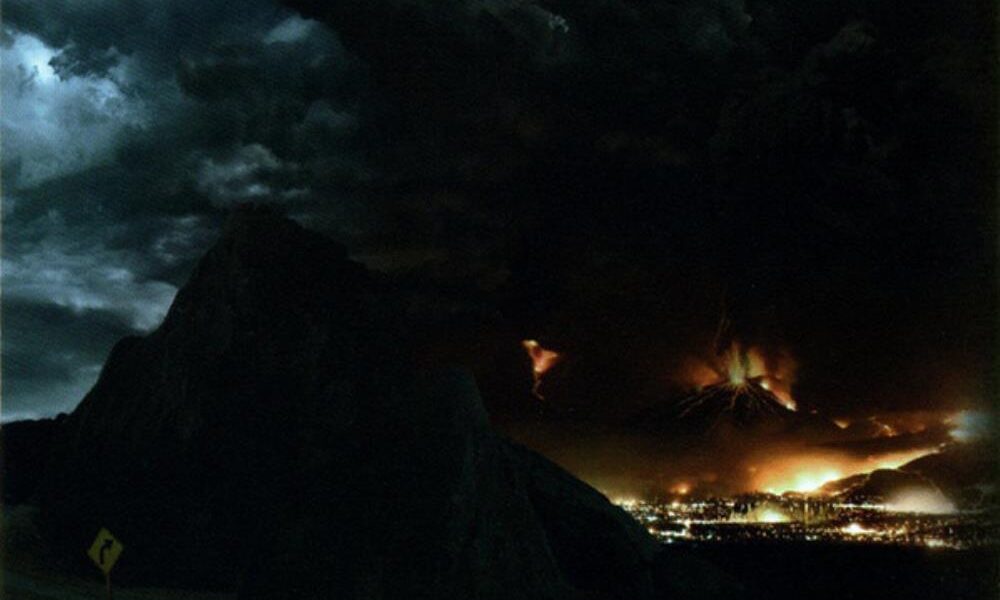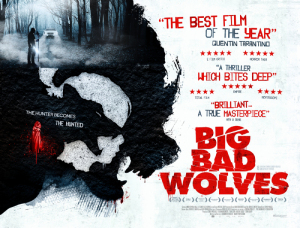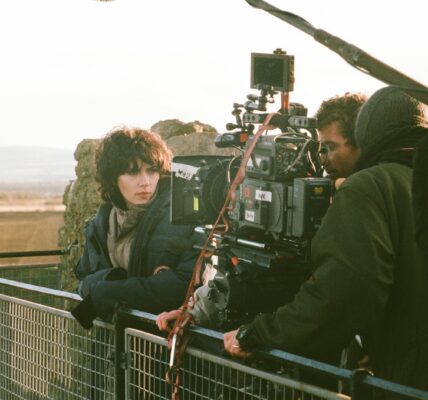 Apocalypse Now is legendary for many reasons: a troubled shoot, amazing performances and its awesome scale. It’s also the film that revolutionised cinematic audio. Here, sound designer Walter Murch takes us back to the birth of surround sound.
Apocalypse Now is legendary for many reasons: a troubled shoot, amazing performances and its awesome scale. It’s also the film that revolutionised cinematic audio. Here, sound designer Walter Murch takes us back to the birth of surround sound.
Walter Murch grew up in bohemian New York, the son of an artist friend of Jackson Pollock. He learnt film alongside George Lucas at the University of Southern California, before editing and mixing sound on one of Francis Ford Coppola’s earlier films, The Rain People (1969).
Murch became a go-to man for both Lucas and Coppola throughout their respective careers, masterminding some of the most significant advancements in the fields of editing and sound design along the way, including the pioneering development of the industry standard 5.1 channel array on Apocalypse Now (1979). He talks to movieScope about the experience of making a film that has gone down in lore as one of the most ambitious creative journeys ever laid to celluloid.
How did you first find out about Apocalypse Now?
The first time I heard about it was in 1969. It was planned that George Lucas was going to direct it in 1971, after completing THX 1138, and John Milius was going to write it. It was then a very different idea to what [it] turned into. Lucas was going to shoot it in 16mm, largely in black-and-white, like the news footage from Vietnam that was appearing on people’s televisions every day. And he was going to shoot it in the Sacramento Delta in California and make it a very low-budget film.
The actual shoot is now legendary. When did it become clear what you were getting yourself into?
Well, Francis started working on the film right after Godfather II, ironically because he thought Godfather II was too complicated a film. He just wanted a simple action film to direct with three bankable stars so he could just sit back in his director’s chair and say action. I can remember him saying, ‘I just want to make a normal film rather than these complex, psychological dramas of The Godfather and The Conversation’. The Devil was listening, and he got a lot more than he bargained for.
When was your first involvement?
He started shooting in March ’76 and he came back in the summer, after the typhoon. I was in England editing Fred Zinnemann’s Julia that summer and he and I sat down and went over the script. He said, ‘Walter, what are we missing that we’re not taking advantage of?’ I felt there was a missing scene, which is a scene to show what it was the boat was actually supposed to be doing other than take Willard up the river. They were a patrol boat policing the river, so I wrote the scene when they stop the Sampan and the people get killed.
After that, I got a call from him in March ’77 saying he wanted me to do the sound on the film, and I said, ‘OK sure, but I won’t be done until August’. At that time Apocalypse Now was supposed to be in the theatres by December so I thought it was ambitious but was willing to see what happened. I ended up being one of four editors to work on the film at any one time. Julia had been a narrated film so I was very easy with the idea of narration, so I dug out an old version of Apocalypse Now that did have narration and revivified that, and that eventually led to Michael Herr being hired and the film being narrated.










